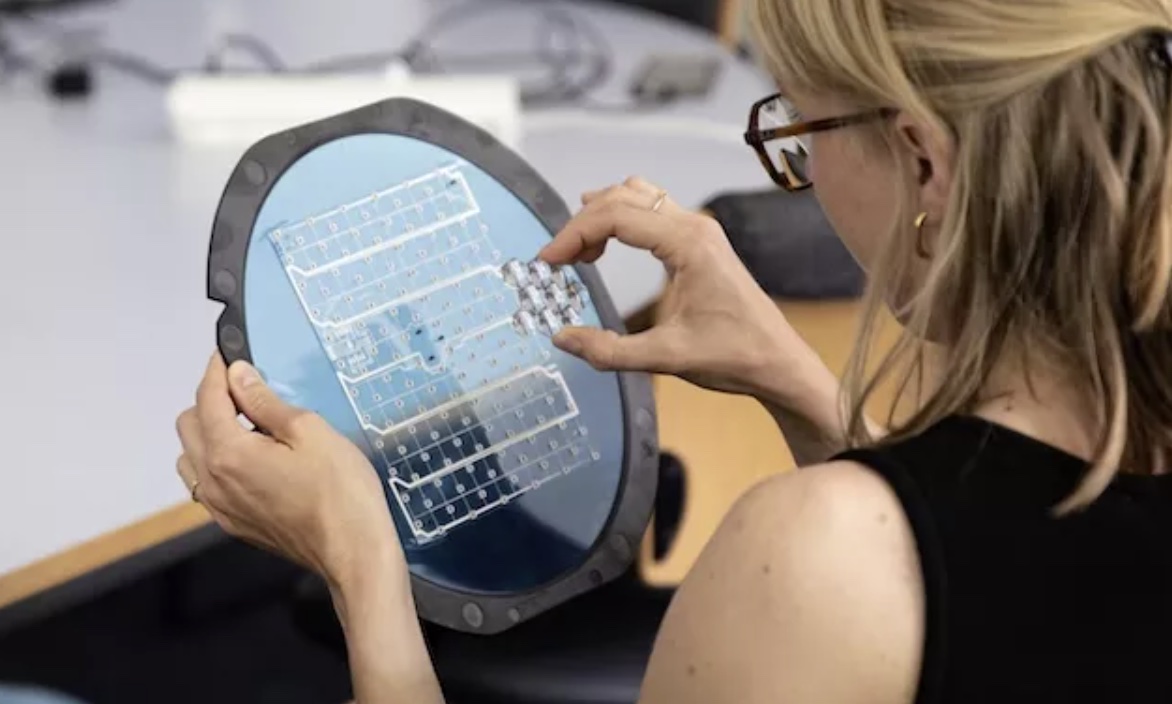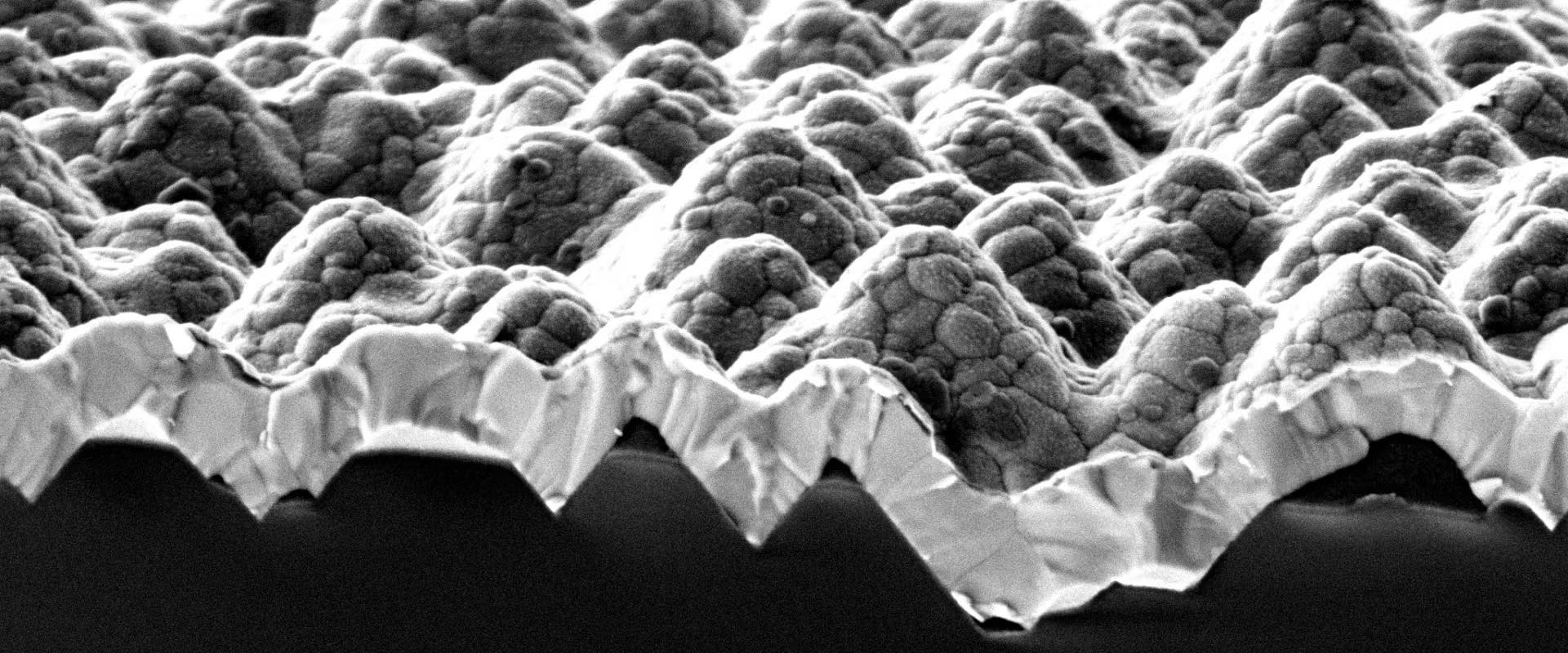Tokyo (SCCIJ) – The Swiss Center for Electronics and Microtechnology (CSEM) has spent the last four years pioneering groundbreaking photovoltaic panels with impressive power conversion efficiency under standard test conditions, a substantial leap from conventional panels.

Interactive tour of the Hiperion pilot production line in Neuchâtel (© CSEM).
Hiperion project
Europe is poised to take center stage in the photovoltaic industry, courtesy of the Hiperion project. Launched in September 2019 and funded by a 10.6 million euro grant from the European Union, the project has developed what is acclaimed as the world’s most efficient flat photovoltaic panels. The groundbreaking panels have displayed an impressive power conversion efficiency of over 29% under standard test conditions, a substantial leap from the 15-22% that conventional panels offer. CSEM was and is an essential participant in the Hiperion project.
The increase in efficiency is achieved by ingeniously blending two solar panel technologies: conventional photovoltaic technology, which collects both direct and diffuse light, and concentrated photovoltaics, a space technology that is more efficient but requires direct sunlight. Hiperion’s hybrid panels leverage both technologies, increasing their power production during direct sunlight and relying on conventional photovoltaics during cloudier conditions.
Swiss made modules
These innovative modules are currently being manufactured at a pilot production line in the Innoparc technology park in Neuchâtel. The modules are sent to pilot sites across Europe for rigorous testing under various climate conditions and meteorological stresses.
The high efficiency of Hiperion’s panels makes them particularly suitable for environments where space is limited but power needs are high. Urban buildings with small rooftops and electric vehicle charging stations, where high power is required over a small area, are prime candidates for this technology.

Electron microscopy image of the front side of the high-efficiency perovskite-on-silicon tandem solar cells (© Quentin Jeangros (CSEM) & Chin Yu Xin (CSEM)).
Second Swiss revolution
In the meantime, scientists from CSEM and the Photovoltaic Laboratory of the Swiss Federal Institute of Technology in Lausanne have been exploring approaches to increase the efficiency of silicon solar cells by using tandem architectures that stack multiple solar cells.
Silicon solar cells have been widely used in the photovoltaic industry for many years due to their efficiency, reliability, and affordability. However, these cells are approaching their maximum theoretical efficiency limit of 29%, set by the properties of the silicon material.
Tandem solar cells offer improved utilization of solar energy by optimizing each cell to capture different parts of the solar spectrum. In this context, research teams from EPFL and CSEM collaborated to engineer a tandem device that combines a perovskite top cell with a silicon bottom cell featuring micrometric pyramids. While the pyramidal texture enhances the silicon cell, it poses challenges for the standard perovskite deposition processes.
However, by developing and mastering techniques to coat nanometric layers on textured surfaces, the scientists successfully demonstrated perovskite-on-silicon tandem solar cells with a certified power conversion efficiency of 31.25%. This achievement marks the first time a low-cost technology has surpassed the 30% efficiency milestone.
Text: SCCIJ with material of GGBA and CSEM





























